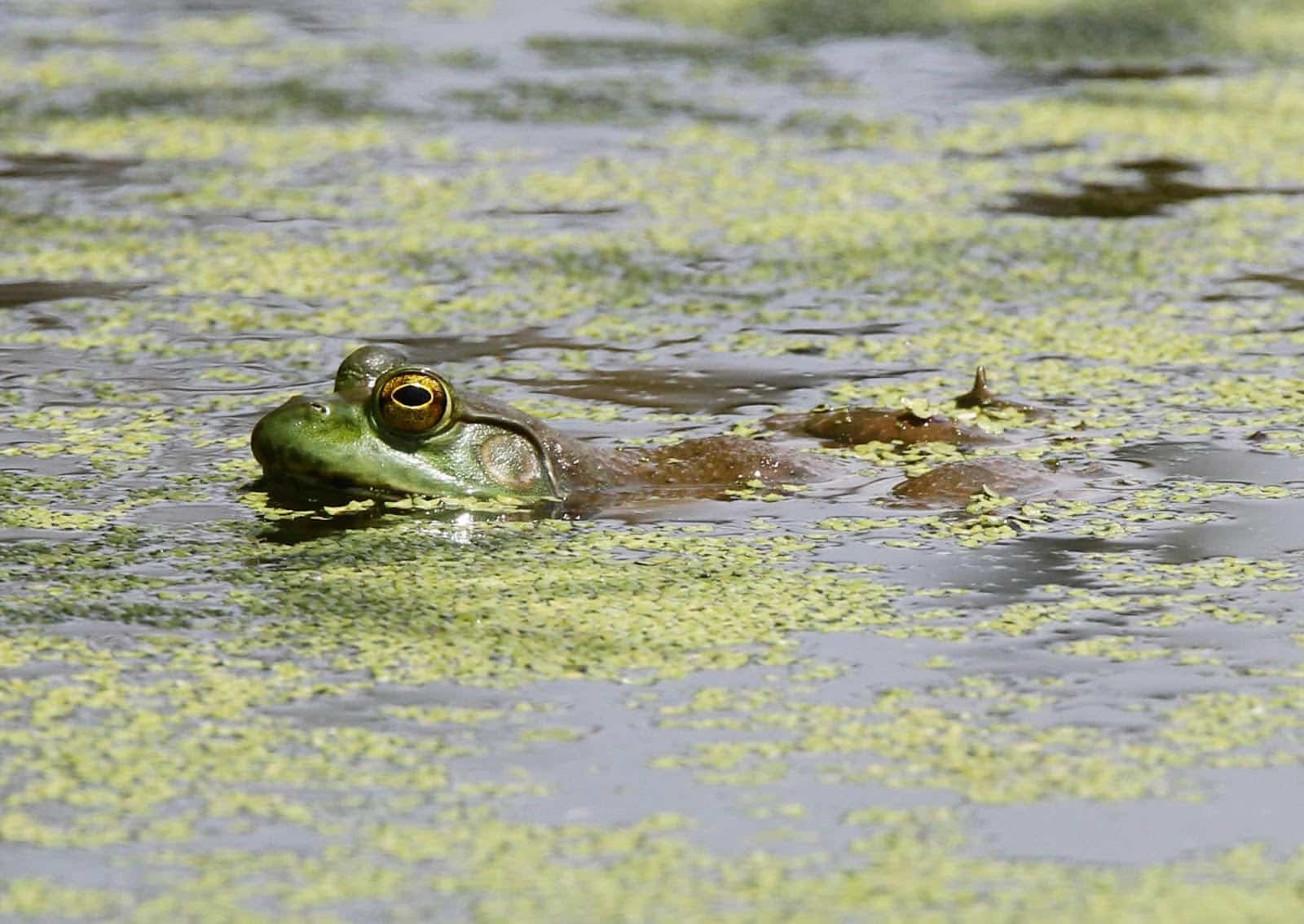Help the AGFC track the Monarch migration
BY agfc
ON 04-04-2018

April 4, 2018
LITTLE ROCK – Millions of monarchs spent all winter clinging to oyamel fir trees in just a few acres in the mountains of central Mexico. Now they are moving north across the eastern United States and several have already been spotted in south and central Arkansas. Learning where they take a breather during this migration is vitally important to conservationists and biologists throughout the nation, and the public can help.
As these butterflies migrate they’ll be looking for nectar from flowering plants to help fuel their journey. Some may stop and breed where they can find available milkweed plants (their host plant). Loss of milkweed plants has been attributed to the decline of the monarch.
Populations of monarch butterflies have been declining during the last decade. The most recent winter estimates show a 15 percent decrease from the previous year. Data gathered from this project will help identify important breeding areas and migration corridors for monarchs. It also will shed light on the timing of both spring and fall migrations. Armed with this knowledge biologists can tailor conservation and management strategies for the species.
“Currently AGFC and many partners are working to restore native prairies and open woodlands to provide nectar and milkweed for monarchs and pollinators,” said Allison Fowler, Wildlife Diversity Program Coordinator for the AGFC. “These habitat restoration projects will benefit many other species, including songbirds, quail, turkey and deer. We are also encouraging everyone to plant native plants in their yards and/or flower gardens for monarchs and pollinators.”
Identifying monarchs is fairly easy given their striking orange and black coloration. However, the viceroy does mimic the monarch and beginners may need help distinguishing the two. The most noticeable difference is the presence of a black line across the veins on the hindwing of the viceroy that is absent in the monarch. The viceroy is also noticeably smaller than the monarch, but this may be difficult to discern without seeing the two side-by-side.
To report your sightings, visit the iNaturalist website and create a free account. Then navigate to the Arkansas Monarch Mapping Project page. Click on the red banner that says “add observations” and complete the information fields. You may also upload a picture, if you have it. People who want to report observations but do not want to use iNaturalist can send their observations directly to Allison Fowler at Allison.Fowler@agfc.ar.gov. The email should include:
- When it was observed (date and time)
- The location where it was found (GPS coordinates are best, but a detailed location description is acceptable)
- A photo for species identification verification (preferred but not required)
Contact Allison Fowler at Allison.Fowler@agfc.ar.gov or 501-470-3650 for more information.
Recent News

Arkansas bullfrog season underway
Apr. 15, 2024

Flooding closes Sulphur River access
Apr. 12, 2024
Subscribe to Our Weekly Newsletter E-mails
Don’t miss another issue. Sign up now to receive the AGFC Wildlife Weekly Newsletter in your mailbox every Wednesday afternoon (Waterfowl Reports are published weekly during waterfowl season and periodically outside the season). Fishing Reports arrive on Thursdays. Fill in the following fields and hit submit. Thanks, and welcome!
